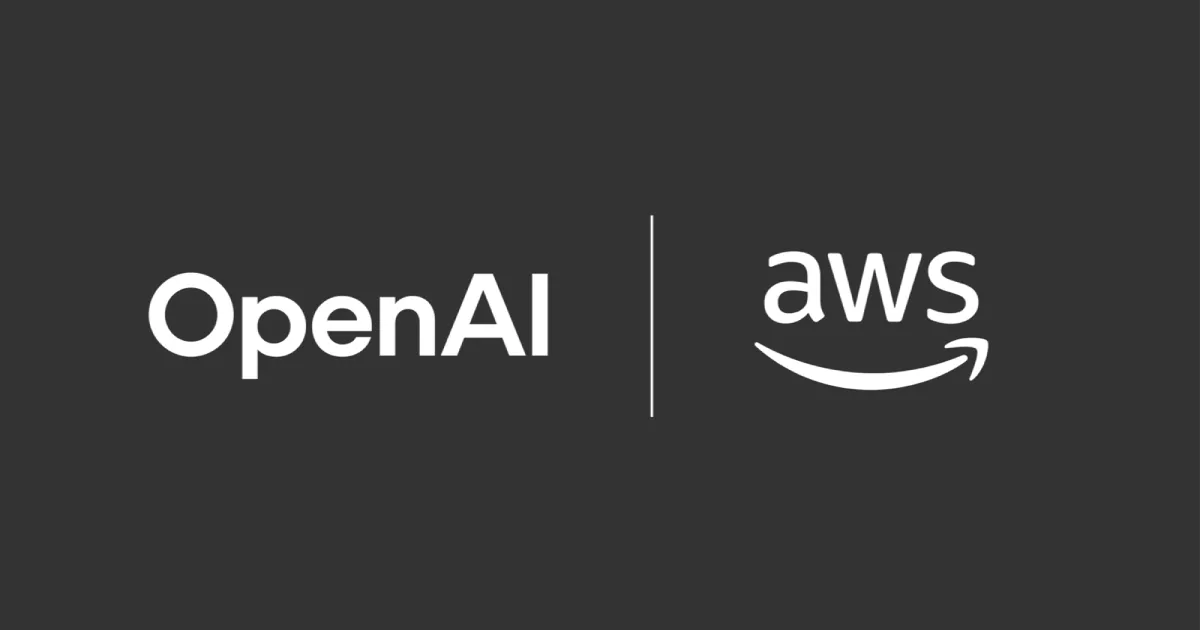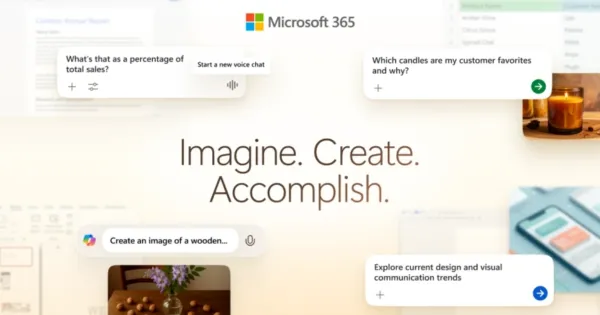OpenAI models now available on AWS for the first time

In a bold move that shakes up the generative AI battlefield, OpenAI has announced a strategic partnership with Amazon Web Services (AWS), marking the first time OpenAI models will be natively integrated into Amazon’s AI ecosystem. The collaboration coincides with the release of OpenAI’s two new open-weight reasoning models — models that match the capabilities of its proprietary o-series — and opens the door for AWS users to tap into OpenAI tech through services like Bedrock and SageMaker.
It’s a calculated and high-impact maneuver by Sam Altman and team — one that not only expands OpenAI’s influence beyond Microsoft Azure but also gives AWS a long-awaited entry point into the OpenAI-powered AI race.
Turning Up the Heat on the Competition
While the new models are openly available via Hugging Face, Amazon’s offering is not a simple case of rehosting them. Instead, it’s an official partnership. Dmitry Pimenov, OpenAI’s product lead, confirmed the collaboration, signaling a coordinated move rather than just another cloud vendor grabbing open models.
For AWS, the deal is massive. Until now, it had been best known for hosting and investing in Anthropic’s Claude, one of OpenAI’s fiercest rivals. AWS also supports models from Cohere, Meta, DeepSeek, Mistral, and others on Bedrock, its platform for building and deploying generative AI applications. But OpenAI — arguably the face of modern AI — had remained conspicuously absent.
This partnership changes that. OpenAI is no longer a Microsoft-exclusive weapon.
What It Means for Enterprise Users
By bringing OpenAI models into the AWS fold, Bedrock and SageMaker customers can now access OpenAI’s advanced reasoning tools directly from their existing cloud infrastructure — no need to jump platforms or build custom integrations. That’s a major convenience win for thousands of enterprises already invested in AWS.
For OpenAI, it’s a smart distribution play. Expanding beyond Azure strengthens its independence and reach, especially as its relationship with Microsoft becomes increasingly complicated. Reports suggest the two companies are renegotiating their long-term partnership, and friction over control and revenue sharing continues to bubble under the surface.
AWS Fires Back at Microsoft
Amazon’s move comes at a time of rising investor pressure. During its most recent earnings call, CEO Andy Jassy fielded tough questions from analysts about losing ground in AI to Microsoft and Google. Cloud growth at AWS has slowed relative to its rivals, and Wall Street is watching closely.
Jassy pushed back, noting that AWS still dominates in raw size. But the numbers don’t lie — Microsoft, through Azure and its close ties to OpenAI, has captured much of the AI momentum. By bringing OpenAI to AWS, Amazon regains some of that narrative and positions itself as a serious contender in the GenAI race.
Oracle’s $30B Surprise and Meta’s Missed Moment
The timing of this partnership is also notable considering recent news that Oracle signed a $30 billion annual deal with OpenAI to provide data center services. That’s more than OpenAI spends on all other cloud providers combined — and a clear sign that OpenAI is diversifying its infrastructure bets beyond Azure.
Meanwhile, Meta has taken a different route, recently walking back its commitment to open sourcing all of its future “superintelligence” models. That leaves OpenAI — ironically — as the company now releasing powerful models under a permissive Apache 2.0 license, embracing openness even as it inks deals with the industry’s biggest cloud vendors.
A Strategic Masterstroke by Altman
This partnership gives OpenAI more than just reach. It offers leverage — over Microsoft, over Meta, and over the broader AI ecosystem. It’s a sign that OpenAI is willing to work with anyone who helps it scale, not just early backers or current allies.
For AWS, it’s a long-overdue win in the generative AI space, finally putting it in the same breath as Microsoft and OpenAI — not just as a host, but now as a native integrator.
And for everyone else? The message is clear: OpenAI’s influence is spreading fast, and the AI wars are far from over.





